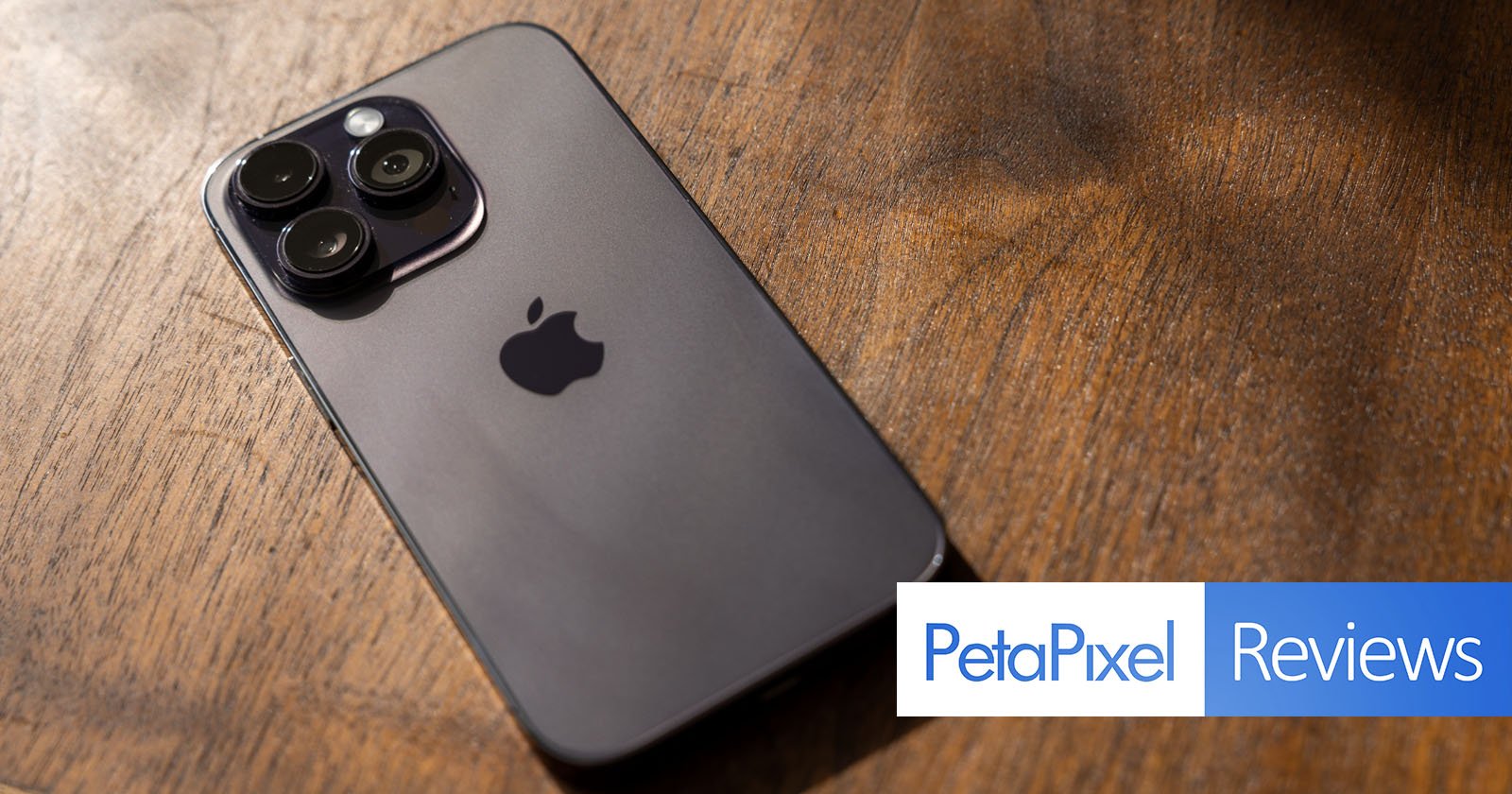I was reading about this new iPhone 14 on petapixel. The mentions his photo was produced with 2 seconds exposure and handheld.
"On the flipside, Night Mode is pretty impressive and does make a notable difference in quality compared to not using it. The iPhone will take longer exposures that are either calculated automatically or it provides you the ability to determine how long you want to make the exposure manually. I don’t have the steadiest hands, but even I was able to get a tack-sharp photo that had a two-second exposure time that was captured in Night Mode, which produced a photo with better color, better fine details, and better overall results."
So in my various years of experience where anything with SLR, older Smartphones, pocket digitals, and my MILC any exposure longer than 1/60 without support of a tripod is usually junk and blurry. The iPhone camera software must be doing all the work, or am I missing some brain cells? I had an iPhone with live mode enabled 7 years ago, and the camera was great, better than the (2) Samsung androids at the time on the same trip. In fact no comparison in IQ. I am still skeptical of a 2 second exposure being accurate without some trick in holding by hand. Appreciate any input you guys with higher end equipment and maybe side by side tests have done with normal DSLR's or MILC's- seems impossible but I have never owned high end Canon models. Thanks.

 petapixel.com
petapixel.com
"On the flipside, Night Mode is pretty impressive and does make a notable difference in quality compared to not using it. The iPhone will take longer exposures that are either calculated automatically or it provides you the ability to determine how long you want to make the exposure manually. I don’t have the steadiest hands, but even I was able to get a tack-sharp photo that had a two-second exposure time that was captured in Night Mode, which produced a photo with better color, better fine details, and better overall results."
So in my various years of experience where anything with SLR, older Smartphones, pocket digitals, and my MILC any exposure longer than 1/60 without support of a tripod is usually junk and blurry. The iPhone camera software must be doing all the work, or am I missing some brain cells? I had an iPhone with live mode enabled 7 years ago, and the camera was great, better than the (2) Samsung androids at the time on the same trip. In fact no comparison in IQ. I am still skeptical of a 2 second exposure being accurate without some trick in holding by hand. Appreciate any input you guys with higher end equipment and maybe side by side tests have done with normal DSLR's or MILC's- seems impossible but I have never owned high end Canon models. Thanks.
Apple iPhone 14 Pro Review: The Only Camera You Really Need
It feels like a true upgrade, at least as far as photos are concerned.
